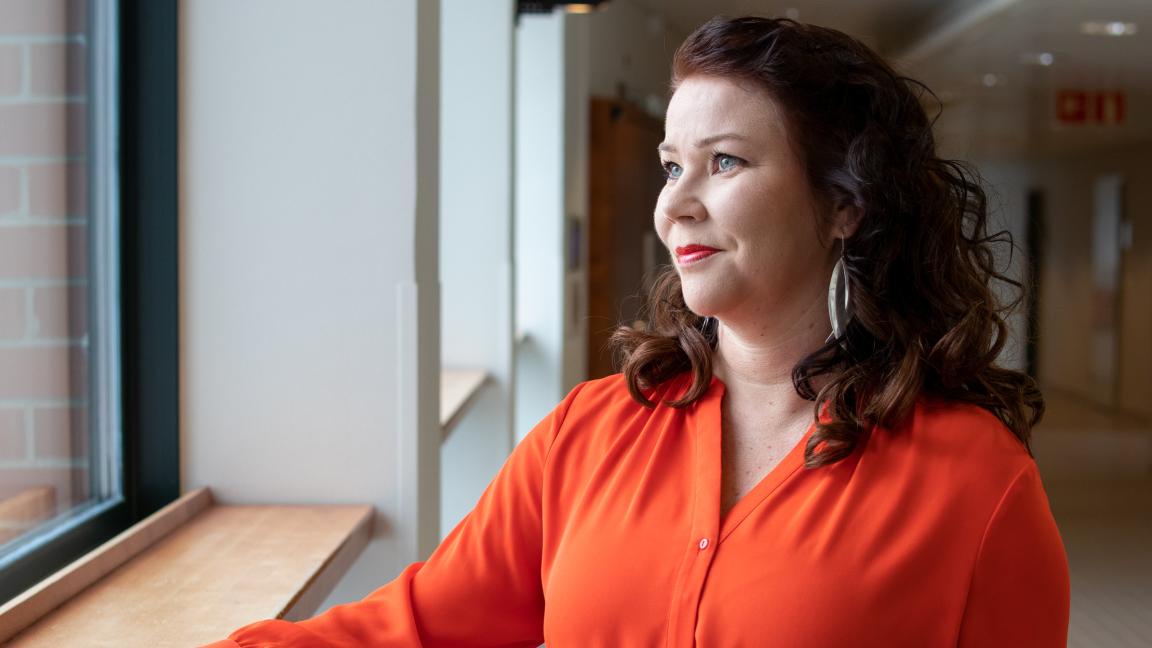As the labour market tightens, it is worth investing in employee onboarding – it improves employee commitment and skills
Heidi Saarinen's doctoral thesis on employee onboarding includes three development phases lasting a year each. The purpose of each phase was to increase knowledge about how induction can influence employee performance. Both qualitative and quantitative data was collected in the study. 144 assemblers, 20 trainers, the company's production director, chief shop steward and personnel administration took part in the study.
By measuring, development and benefits become visible
In the light of previous research, it seems that onboarding is generally not monitored or measured enough, although it is possible to see the effects of onboarding and its development with performance measuring. Saarinen's thesis includes indicators of employee satisfaction, job learning curve and the development of work efficiency. Based on the measurement results, the induction structure could be developed and modified accordingly.
– The study showed that new employees were interested in following their own development and that their motivation and commitment to work increased during the study period. In addition, the facilitators were also inspired to develop their own facilitator roles. With the help of the indicators, it is also easy to demonstrate the financial implications of the indicators presented to the management, says Saarinen.
Well planned long-term development is essential
Saarinen explains that for the thesis she developed a comprehensive three-year orientation model with a constructive research approach, which can be applied in many different fields. Constructive research is part of the "design science" research tradition, where scientific research is used to develop practical solutions for organisations.
– We actively use the developed onboarding model at Danfoss. The cornerstones of the model are, among other things, making the employee feel welcome into the work community and familiarisation with the work is divided into appropriately sized sessions, to reduce mistakes made in assembly work and to enhance learning. The model additionally visualises the importance of the work and feedback is collected from all parties regarding the onboarding process. It is of course clear that the onboarding process is continuously developed in the future too, says Saarinen.
Induction plays a big part in how companies perform on the labour market. The competition for skilled employees is getting tougher and tougher, while companies must still always operate efficiently and up to quality standards.
– In my own work at Danfoss, I have seen that it is increasingly difficult to find people who have previous experience, let alone education in the field of frequency converter assembly tasks. However, by developing onboarding, we have been able to successfully train new employees from a wider pool of applicants. Although we had a fairly good starting position in terms of onboarding, we were still able to significantly improve employee performance and job satisfaction through further developing of our processes.
Doctoral dissertation
Saarinen, Heidi (2022). Onboarding leads to better performance – Action research on the development of onboarding process in an industrial company. Acta Wasaensia 495. Doctoral Thesis. University of Vaasa
The thesis can be read in the University of Vaasa's open publication archive Osuva.
Public defence
M.Sc. (Economics and Business Administration), M.Sc. (Admin.) Heidi Saarinen's Doctoral Thesis "Onboarding leads to better performance – Action research on the development of onboarding process in an industrial company" will be reviewed on Friday, 25th of November at noon at the Wolff auditorium at the University of Vaasa.
Professor Satu Uusiautti (University of Lapland) will act as the opponent and professor Riitta Viitala as custos.
Further information
Heidi Saarinen was born in Rovaniemi in 1980. She completed a double degree (barber-hairdresser and high school baccalaureate) in 1999 and graduated from the Central Ostrobothnia University of Applied Sciences with a BBA degree in 2002. She then graduated from the University of Vaasa with a master's degree in economics in 2006 and a master's degree in administrative sciences in 2015. Saarinen lives in Vaasa and currently works in human resource management at frequency converter manufacturer Danfoss in Vaasa.

